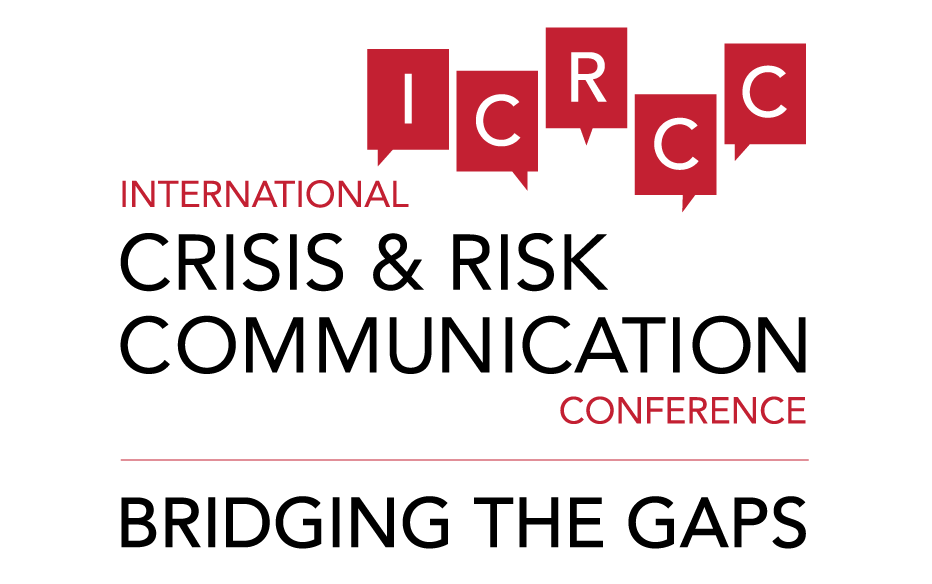
Associate Director, Communication Science
Centers for Disease Control and Prevention
Atlanta, Georgia, United States
Growing up in small town Indiana, Jana Telfer always wanted to make the world a better place. She’s recently returned from nearly 3 months in West Africa working with the Liberian Ministries of Health and Information in the Ebola response. During the Fukushima nuclear incident, she was in Japan to help the U.S. Ambassador. As an expert in applied crisis, emergency and risk communication, she values sharing information to help people under stress make better decisions.
2015
Fighting Ebola with Words
Assessing Risk Communication in a Black Swan Event
Even though science has known about Ebola for nearly 40 years, the world was unprepared for the first Ebola epidemic. When the disease flared in West Africa, then crossed national borders and oceans in international travel, what began as a small outbreak flared into an international debate on global health security. It was a black swan moment.
At the height of the rainy season in Liberia, international emergency responders responded by the hundreds. But the country’s infrastructure had been destroyed during 15 years of civil war. Without enough beds for patients, without a vaccine, and with health care workers among the most affected, communication became the first line of defense against the disease.
This case study of the 2014 Ebola epidemic in Liberia will examine the effects and limitations of risk communication in the midst of a complex humanitarian emergency in the world’s fifth poorest nation.
2014
Breakout Session: Return Your Seat to its Upright Position: Strengthening Tools for Rapid Communication Decision-Making During Crises
Large-scale crises and emergencies afford communicators only minutes or hours to develop a communication strategy. And like those affected by the event, communicators lack comprehensive information to help them make communication strategy decisions. Additionally, they may become involved in the event only after significant communication response decisions have already been made. With some 40 years of risk communication research and a continuously growing body of literature, the challenge of selecting the appropriate theory and methods is increasingly complicated.
Using two complex, international health emergencies as case studies, this presentation examines communication responses through the lens of the relatively recent situational crisis communication theory to assess whether resulting risk-communication based decisions would have been different.
In the absence of a theoretical foundation or taxonomy, the human element—including personal preferences or experiential learning—may be the default method for decision-making about communication. An organization’s need or desire to protect its reputation may seem to be in conflict with public needs for information. Risk communication models often seem counter-intuitive to leaders and decision-makers, although they have been demonstrated to meet public information needs effectively.
A tool that affords risk communicators a reasoned method to inform their decision-making under extreme time constraints during an evolving event could have utility. Specifically, such a tool would help in guiding and developing leaders, crisis managers, and others involved in a response while also providing appropriate and useful information to the affected publics.


